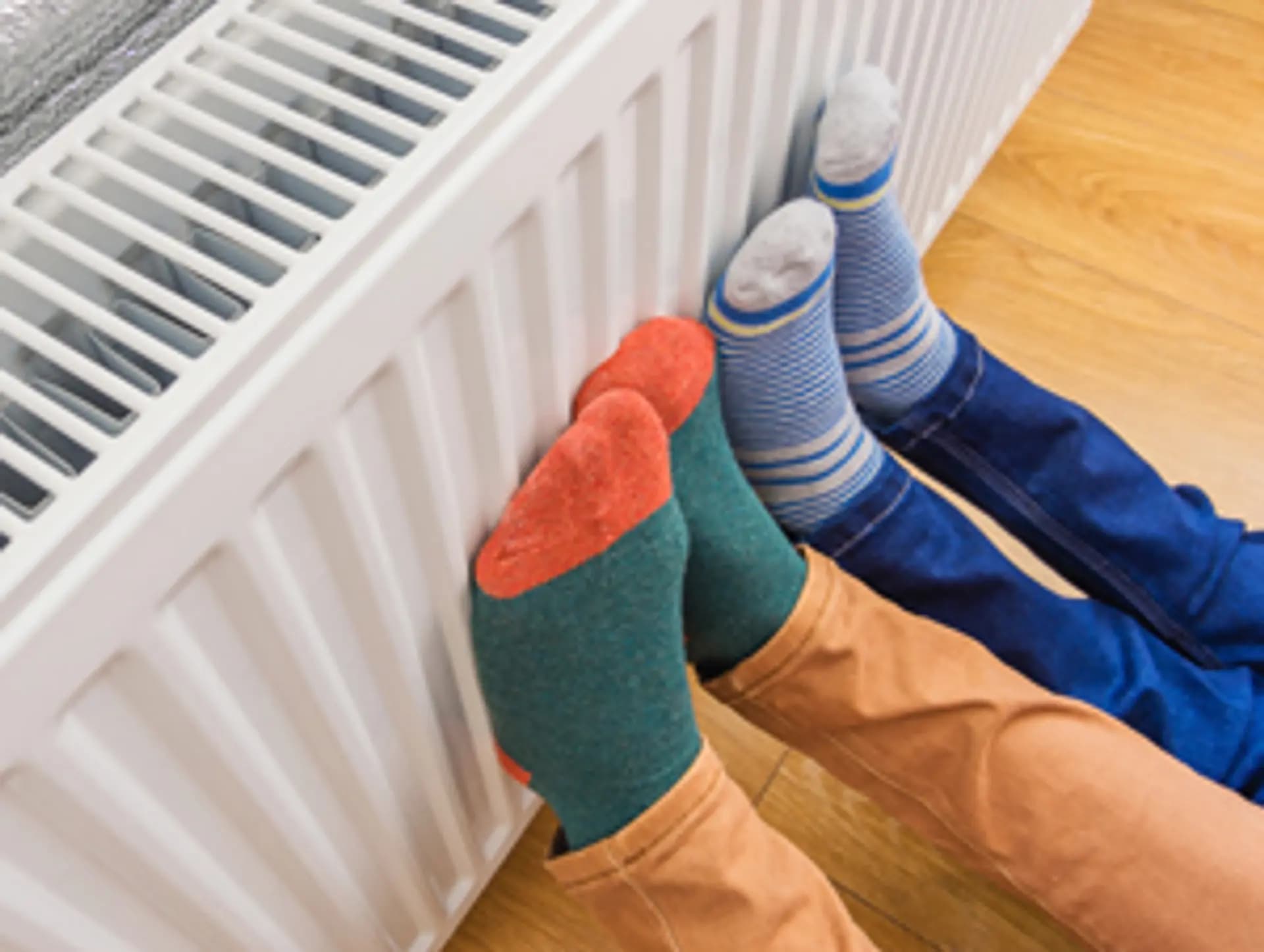How to Keep Your Home Warm in Winter: Proven Strategies for Energy Efficiency and Cost Savings
Evidence-Based Techniques to Maximise Home Heat Retention and Minimise Energy Costs

Share this article
Don't keep this knowledge to yourself!
Audio Version Available
Listen to this article while you multitask
How to Keep Your Home Warm This Coming Winter
As the days grow shorter and temperatures begin to drop, many of us look forward to the simple pleasures of winter: a hot cuppa, woolly socks, and evenings by the fire. However, for countless households across the UK, winter brings concerns about keeping homes comfortably warm without racking up unaffordable heating bills. With energy costs still high, taking practical steps to make your home warmer and more energy efficient is more important than ever.
Whether you own your home or rent, there are many tips and tricks, from simple DIY fixes to larger investments, that can make a noticeable difference to your comfort and your finances this winter. Let’s explore the best ways to get ahead of the cold season and keep your house cosy.
1. Draught-proof Your Home
Draughts are one of the most common causes of chilly homes. According to the Energy Saving Trust, around 18% of a home’s heat loss is through windows, with a further 3% escaping via doors. Blocking these draughts is a relatively easy and inexpensive way to make a difference.
For windows and doors, draught-proofing strips can be bought from most DIY shops and are straightforward to install. These strips seal the gaps where warm air might escape and cold air might sneak in. For doors with letterboxes or keyholes, consider covers designed to eliminate these small but significant draughts.
Don’t forget your fireplace! Even an unused chimney can let warm air escape. A removable draught excluder or chimney balloon can help here, and could save you up to £60 a year if you live in Great Britain, or £65 in Northern Ireland. Every little helps.
2. Insulate, Insulate, Insulate
Heat rises, meaning as much as a quarter of the heat in an uninsulated home disappears straight through the roof. Good loft insulation is one of the most cost-effective measures you can take. If your loft is accessible, you could add more insulation yourself following simple guides — just be sure to check and follow safety recommendations.
Walls are another big culprit. While cavity wall insulation or solid wall insulation generally requires a professional, it can dramatically reduce heat loss and pay for itself in a few years.
Don’t overlook your floors, especially in older homes. Even filling small gaps between floorboards can make your feet happier and your home warmer.
3. Upgrade Heating Controls
Many UK homes are still running on outdated central heating systems. Smart thermostats and radiator valves allow you to control heating more efficiently. Only heat rooms in use and set your heating to turn off when you’re out. Even lowering your thermostat by just one degree could slice up to £100 a year from your bill.
Programme your heating to come on shortly before you wake up or return home, and turn off or down at night or during times you’re out. This reduces energy consumption without compromising on comfort.

Stay Warm this Winter
4. Keep the Heat Flowing
Arranging your furniture strategically can also help: don’t block radiators with sofas or large items, as obstructed radiators can’t circulate warm air effectively. Opening your curtains during sunny winter days lets natural sunlight and warmth enter your home, while closing them at dusk helps keep the warmth in.
Use heavy or thermal curtains if possible, and tuck them behind radiators for maximum effect. Consider door curtains (‘portières’) for particularly draughty entrances.
5. Secondary Glazing and Window Upgrades
If double glazing isn’t an option, secondary glazing — fitting a second pane of glass or even clear plastic film — can still make a difference. For an affordable fix, window film insulation kits are available and can easily be applied for the winter months.
6. Regular Maintenance
Keep your heating system in good health with annual servicing. Bleed radiators to eliminate trapped air; a cold spot at the top usually means it’s time. Clean behind radiators too, as dust build up can impede their efficiency.
7. Make the Most of Your Hot Water
Set your hot water cylinder thermostat to 60°C (140°F). Much hotter, and you could be wasting energy (and risking scalds); much lower, and bacteria such as Legionella could thrive.
8. Government Grants and Support
If you’re struggling with the cost of making energy-saving improvements, check if you can get support. The UK government and local councils offer various grants to help with insulation and heating upgrades, particularly if your home’s energy efficiency rating is low.
Tenants should also know that landlords are now legally obliged to make sure rented homes meet a minimum energy efficiency standard. If you live in a draughty rental, talk to your landlord: there may be grants or legal requirements for upgrades. Read more about the current ECO4 scheme.
9. Quick Comfort-Boosters
Beyond home upgrades, wear layers, use hot water bottles, and pile on the blankets! Rugs and carpets can help insulate rooms with hard flooring.
Conclusion
Keeping your home warm this winter doesn’t need to break the bank. From simple draught-proofing measures to long-term investments such as insulation, every step you take can improve your home's cosiness and efficiency. Take stock now, make a plan, and enjoy a comfortable, warm winter — whatever the weather throws your way.